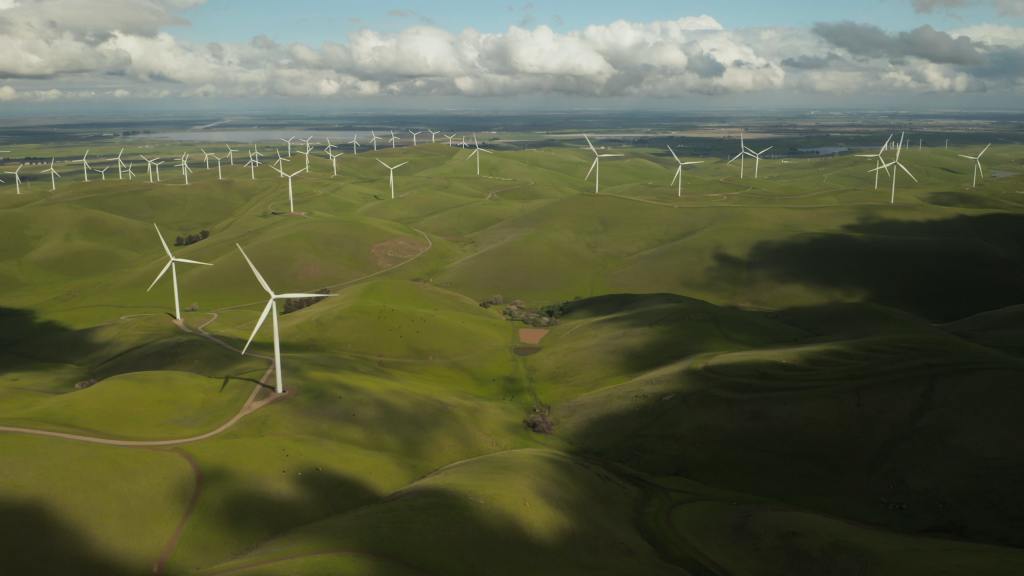News & Articles

HOW TO ACHIVE CARBON NEUTRALITY IN YOUR BUSINESS

Society is changing, a recent Ipsos MORI poll reported that 85% of Britons are concerned about climate change, with 52% very concerned. Businesses are committing to lower their carbon footprint in response to customer demand and the new reporting legislation for large companies.
What is a carbon footprint?
Simply put, it is an estimate of the greenhouse gases emitted by an individual, event, organisation, or product. Carbon dioxide is one of several greenhouse gases, other examples are methane, nitrous oxide and hydrofluorocarbons. Different gases have different greenhouse strengths over different time periods, so carbon footprints take an average expressed as “CO2e”
For reporting purposes sources of emissions are defined as:
Scope 1 – direct emissions from assets owned or controlled by the business, e.g. transport & natural gas combustion.
Scope 2 - indirect emissions from the generation of purchased electricity, steam, heating and cooling consumed by the business.
Scope 3 - all other indirect emissions that occur in a business’s value chain e.g. purchasing raw materials or vehicles
To reduce your carbon footprint:
- Measure or assess it using a consultant such as the Carbon Trust or an online tool such as https://www.carbonfootprint.com/calculator.aspx
Current online tools are aimed at individuals, but business orientated ones are in development.
SEA members or businesses using energy in metallurgical and mineralogical processes should contact Dave Elliott https://www.sea.org.uk/blog/want-to-save-money-on-your-energy-bills/ to discuss the Climate Change Levy scheme if not already part of the scheme to save money as well as reducing carbon emissions.
- Make a carbon reduction plan, aim for quick wins in years one and two, then a long-term plan
- Execute your plan
- Once your carbon footprint is as low as possible, offset the rest to go carbon neutral. Reduction is more certain than offsetting and saves cost, so reduction is the preferable option, but a residual amount of carbon emission is almost inevitable.
Options to reduce your carbon footprint quickly:
- Switch to a genuinely green energy tariff
- Switch to low carbon financial services and investments e.g. pensions and sources of funding
- Heat and light – efficiency measures, insulation, solar energy generation, heat pumps, using natural daylight, led lightbulbs
- Fly less and drive less – virtual meetings, flexible working, use software to make deliveries more efficient reducing mileage, use electric delivery vehicles
- Analyse your supply chain looking at the top 3 suppliers first
- Use less, reduce waste, less printing, quality over quantity
To demonstrate your carbon credentials the Carbon Trust has an accreditation scheme.
Visit the https://my2050.beis.gov.uk/?levers=111111111111111 to see the government’s assessment of the actions needed.

